Home>Technology>Security & Surveillance>How To Change Code On Smart Lock
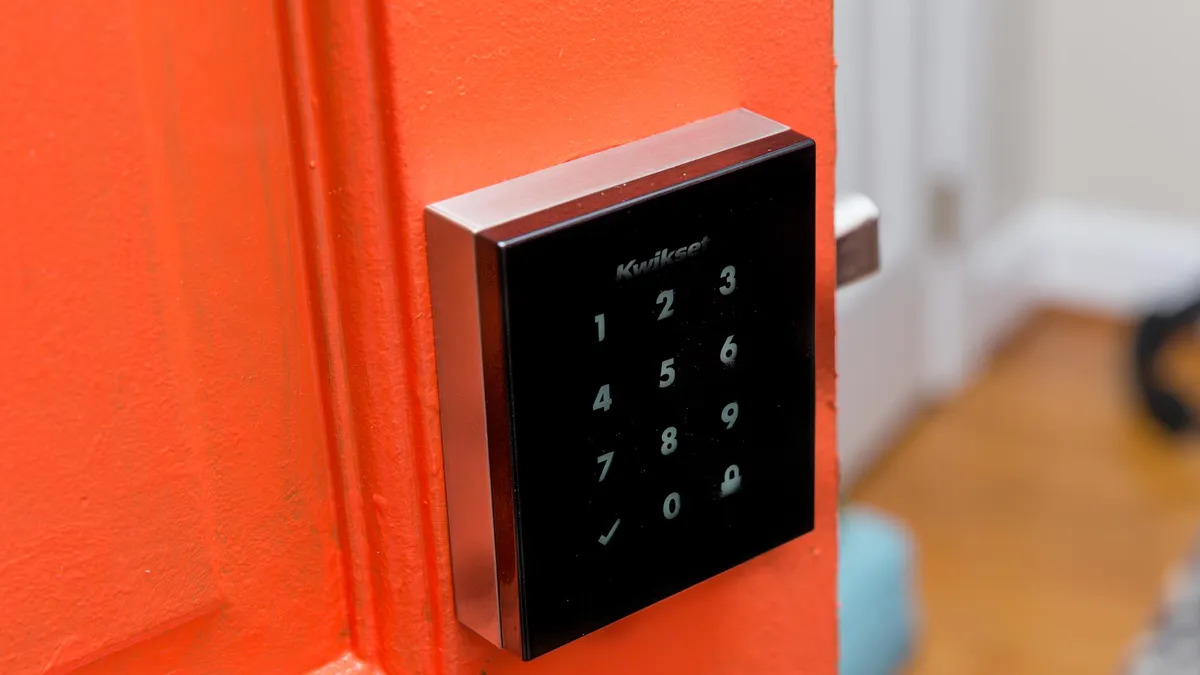

Security & Surveillance
How To Change Code On Smart Lock
Modified: January 4, 2024
Learn how to change the code on your smart lock for enhanced security and surveillance. Follow our step-by-step guide for easy code updates. Keep your home safe and secure with these simple tips.
(Many of the links in this article redirect to a specific reviewed product. Your purchase of these products through affiliate links helps to generate commission for Storables.com, at no extra cost. Learn more)
**
Introduction
**
Welcome to the world of smart security! In today's technology-driven era, smart locks have revolutionized the way we secure our homes and businesses. These innovative devices offer convenience, flexibility, and enhanced security, making them a popular choice for modern homeowners and businesses alike.
In this comprehensive guide, we will delve into the intriguing realm of smart locks, focusing on the process of changing the access code. Whether you're a homeowner looking to update your security measures or a business owner seeking to enhance access control, understanding how to change the code on a smart lock is a valuable skill.
As we embark on this journey, we'll explore the inner workings of smart lock systems, learn how to access and modify the lock code, and ensure that the new code functions seamlessly. By the end of this guide, you'll be equipped with the knowledge and confidence to navigate the world of smart locks and make informed decisions about your security needs. So, let's dive in and unlock the secrets of smart lock code changes!
Key Takeaways:
- Embrace the power of smart locks by learning to change access codes, enhancing security, and adapting to evolving needs for safeguarding homes and businesses.
- Master the art of smart lock customization, from accessing and modifying codes to thorough testing, to ensure reliable and seamless access control.
Read more: How To Change Code On Yale Smart Lock
Understanding the Smart Lock System
Before delving into the process of changing the code on a smart lock, it’s essential to grasp the fundamental components and mechanisms that constitute these cutting-edge security devices. Unlike traditional locks, smart locks utilize advanced technology to provide secure and convenient access control.
Smart locks typically consist of several key elements, including:
- Electronic Components:** These encompass the electronic circuitry, sensors, and processors that enable the smart lock to interact with users and perform its functions.
- Communication Protocols:** Smart locks often employ wireless communication protocols such as Bluetooth, Wi-Fi, or Z-Wave to connect with smartphones, key fobs, or other authorized devices.
- Access Control Interfaces:** These interfaces, which may include keypads, touchscreens, or mobile apps, allow users to input access codes, biometric data, or digital keys to unlock the smart lock.
- Power Source:** Smart locks are powered by batteries or, in some cases, hardwired to the building’s electrical system, ensuring continuous operation.
Moreover, smart locks are designed to integrate seamlessly with existing security systems, offering features such as remote access management, activity logs, and real-time notifications. By understanding the intricate architecture and capabilities of smart locks, users can harness their full potential to fortify security and streamline access control.
As we unravel the complexities of smart lock technology, we’ll gain valuable insights into the mechanisms that govern code changes and lay the groundwork for mastering the art of smart lock customization.
Accessing the Smart Lock Code
Before initiating the process of changing the code on a smart lock, it’s crucial to access the existing code to ensure a seamless transition. The method for accessing the smart lock code may vary depending on the specific model and manufacturer, but the following general steps offer a foundational understanding of the process.
1. Identify the Access Control Interface:** Smart locks feature various interfaces for inputting access codes, such as physical keypads or digital platforms. Locate the designated interface through which the existing code can be accessed.
2. Enter the Administrative Menu:** In many smart lock systems, accessing the code requires navigating to the administrative or settings menu. This may involve pressing a specific sequence of buttons, using a smartphone app, or accessing an online portal associated with the smart lock.
3. Authenticate Your Identity:** To prevent unauthorized access to the code, the smart lock may prompt users to provide authentication, such as entering a master code, using biometric verification, or confirming the request through a linked mobile device.
4. View or Retrieve the Code:** Once the authentication process is complete, the current access code should be displayed on the interface or made accessible through the administrative menu. Take note of the code or ensure that it is readily available for reference during the code-changing process.
By following these initial steps, users can successfully access the existing code on their smart lock, setting the stage for a smooth transition to a new code. With the code in hand, the next phase involves understanding the procedure for changing the smart lock code, which we’ll explore in detail in the following section.
When changing the code on a smart lock, make sure to choose a unique and secure combination that is easy for you to remember but difficult for others to guess. Avoid using easily accessible personal information, such as birthdays or addresses, as part of the code.
Changing the Smart Lock Code
Now that we’ve accessed the existing code, it’s time to embark on the process of changing the code on your smart lock. This pivotal step empowers users to customize their access credentials, bolster security, and adapt to evolving access control needs. While the specific steps for changing the code may vary across different smart lock models, the following general guidelines offer a comprehensive overview of the code-changing process.
1. Access the Administrative Menu:** Return to the administrative or settings menu on the smart lock interface, using the same method employed to access the existing code. This may involve entering a master code, using biometric verification, or employing a linked mobile device for authentication.
2. Navigate to Code Management:** Within the administrative menu, locate the section dedicated to code management or access credentials. This section typically provides options for modifying existing codes, adding new codes, and deleting outdated codes.
3. Select the Code to Change:** Identify the specific code that you intend to change. This may be a primary access code, a temporary code for guest users, or a specialized code for certain individuals. Select the code from the list of available credentials within the code management interface.
4. Enter the New Code:** Once the existing code has been selected, input the new code that you wish to assign. Depending on the smart lock model, you may need to adhere to specific criteria for code length, complexity, or formatting. Follow the on-screen prompts or guidelines provided by the manufacturer to ensure that the new code meets the necessary requirements.
5. Confirm the Code Change:** After inputting the new code, finalize the process by confirming the code change through the smart lock interface. This may involve pressing a designated button, submitting a confirmation command via a linked device, or following any additional steps specified by the manufacturer.
By following these steps, users can successfully change the code on their smart lock, ushering in a new era of enhanced security and access control. With the new code in place, the next crucial phase involves testing the functionality and reliability of the updated access credentials, which we’ll explore in the subsequent section.
Testing the New Code
With the new code programmed into your smart lock, it’s imperative to conduct thorough testing to ensure that the updated access credentials function seamlessly and align with your security objectives. The testing phase serves as a critical validation process, allowing users to verify the reliability, accessibility, and overall efficacy of the new code. To methodically test the new code on your smart lock, consider the following essential steps:
1. Physical Testing: Begin by physically approaching the smart lock and entering the new code using the designated interface, such as a keypad or touchscreen. Observe the lock’s response to the input code, ensuring that it accurately processes the command and grants access as intended. Take note of any error indicators, unusual behaviors, or malfunctions during this initial physical test.
2. Remote Access Testing: If your smart lock offers remote access capabilities, utilize a linked smartphone, tablet, or computer to remotely input the new code and assess the lock’s response. This method allows you to validate the functionality of remote code input and ascertain whether the smart lock effectively processes access commands from a distance.
3. Multiple Access Attempts: Perform multiple access attempts using the new code to gauge its consistency and reliability. By inputting the code several times under varying conditions, such as different times of day or environmental factors, you can evaluate the code’s responsiveness and resilience in real-world scenarios.
4. User-Specific Testing: If the new code is intended for specific individuals, such as family members, employees, or guests, enlist their participation in testing the code. Request feedback regarding their experience with using the new code, including any challenges encountered or observations about the smart lock’s performance.
5. System Integration Testing: If the smart lock is integrated with a broader security or home automation system, assess the interoperability of the new code within the integrated ecosystem. Verify that the updated code aligns harmoniously with other security protocols, notifications, and access logs.
By meticulously testing the new code through these comprehensive methods, users can instill confidence in the smart lock’s ability to uphold security standards and provide reliable access control. Additionally, thorough testing allows for the identification of any potential issues or anomalies that may necessitate further adjustments or troubleshooting.
Read more: How To Change Code On Kwikset Smart Lock
Conclusion
Congratulations on successfully navigating the intricate process of changing the code on a smart lock! As we conclude this enlightening journey, it’s evident that smart locks epitomize the fusion of cutting-edge technology and enhanced security, offering users a sophisticated yet user-friendly approach to access control.
By understanding the inner workings of smart lock systems, accessing the existing code, and confidently changing the code to align with your security needs, you’ve embraced the power of customization and adaptability in safeguarding your home or business. The ability to modify access credentials empowers users to proactively manage security measures, accommodate evolving access requirements, and fortify their overall defense against unauthorized entry.
Furthermore, the thorough testing of the new code underscores the importance of reliability and functionality in the realm of smart locks. By validating the performance of the updated access credentials through physical, remote, and user-specific testing, you’ve fortified the integrity of your smart lock system and established a robust foundation for secure access management.
As you continue to explore the realm of smart security, remember that staying informed about the latest advancements, best practices, and security trends is essential for maximizing the potential of your smart lock system. Whether it’s integrating additional security features, exploring advanced access control options, or leveraging the interconnected capabilities of smart home technology, your journey toward comprehensive security is an ongoing evolution.
With the knowledge and confidence gained from this guide, you’re well-equipped to harness the full potential of smart locks and embrace a future where security seamlessly intertwines with innovation. As you embark on this transformative path, may your endeavors in smart security be characterized by empowerment, adaptability, and unwavering peace of mind.
Here’s to a future where smart locks not only safeguard physical spaces but also unlock a world of limitless security possibilities!
Frequently Asked Questions about How To Change Code On Smart Lock
Was this page helpful?
At Storables.com, we guarantee accurate and reliable information. Our content, validated by Expert Board Contributors, is crafted following stringent Editorial Policies. We're committed to providing you with well-researched, expert-backed insights for all your informational needs.


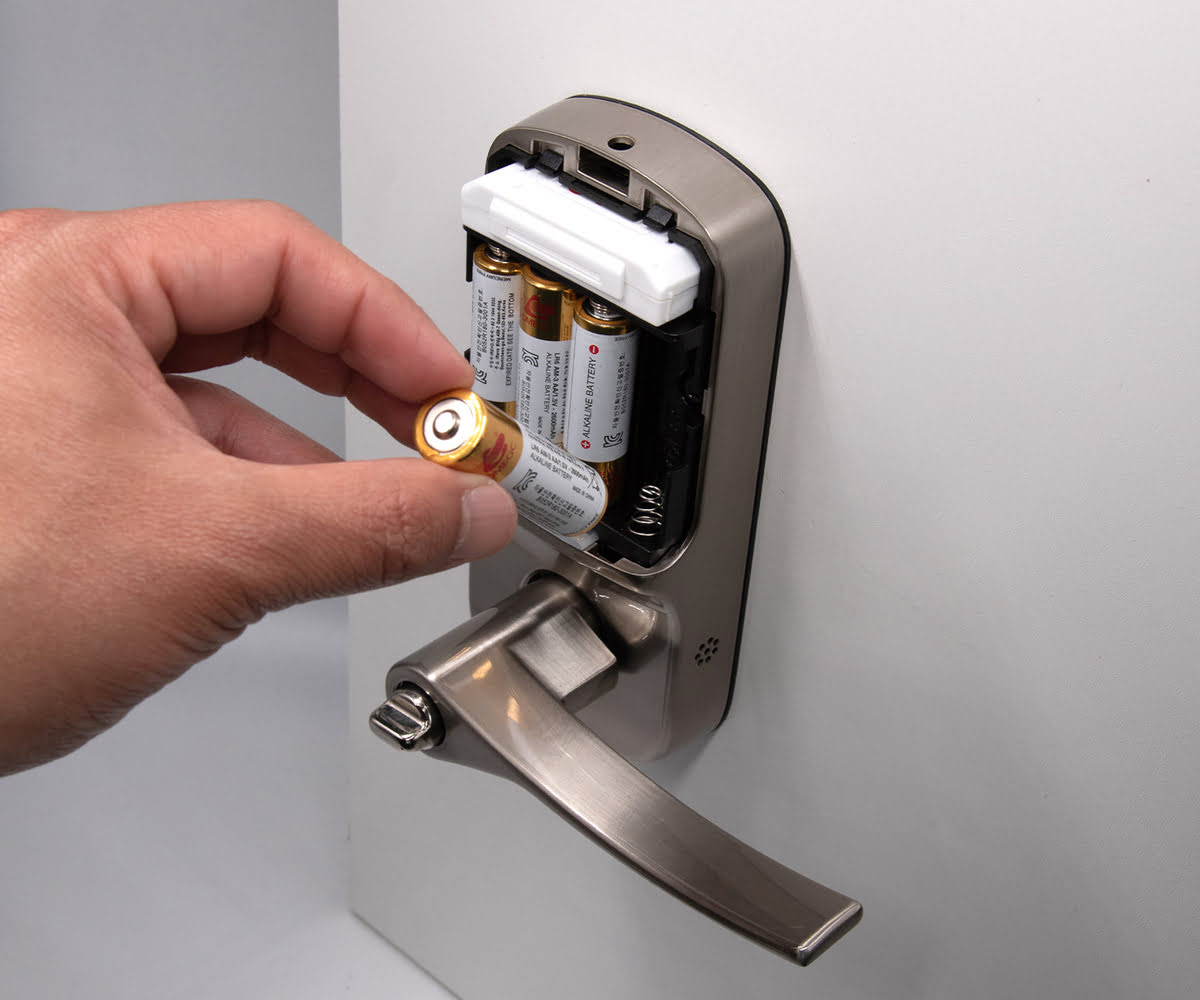



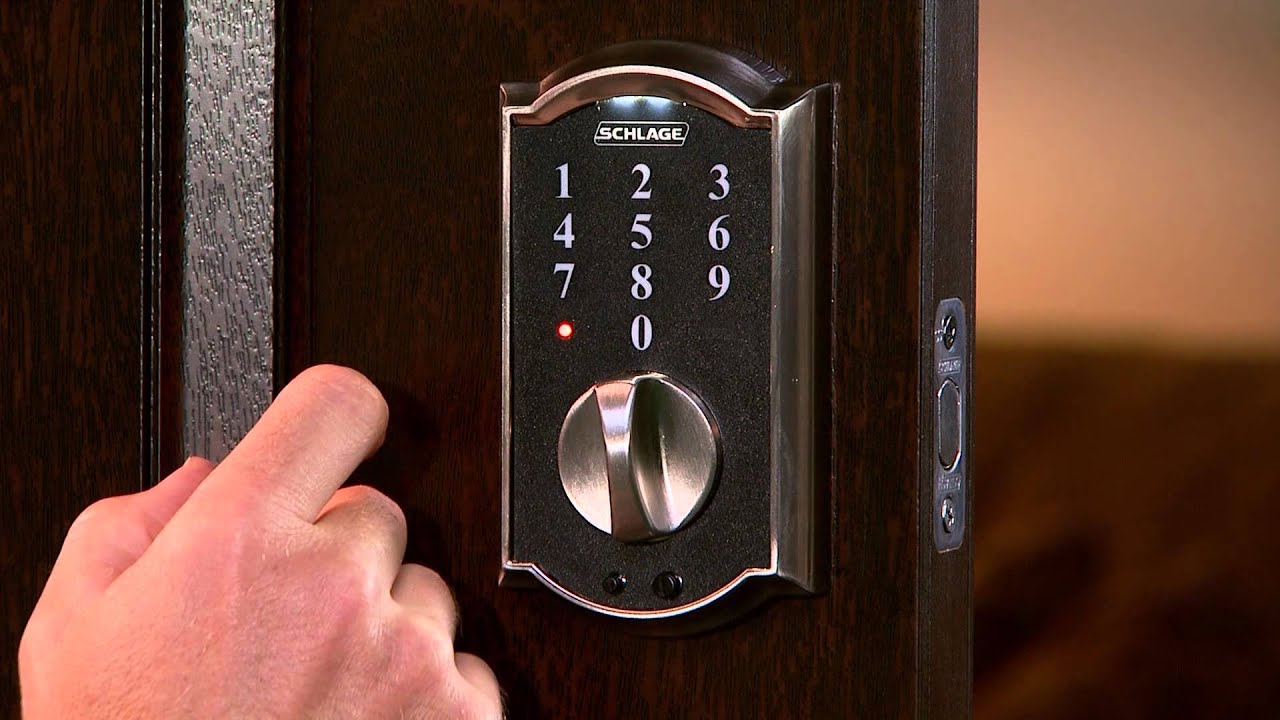




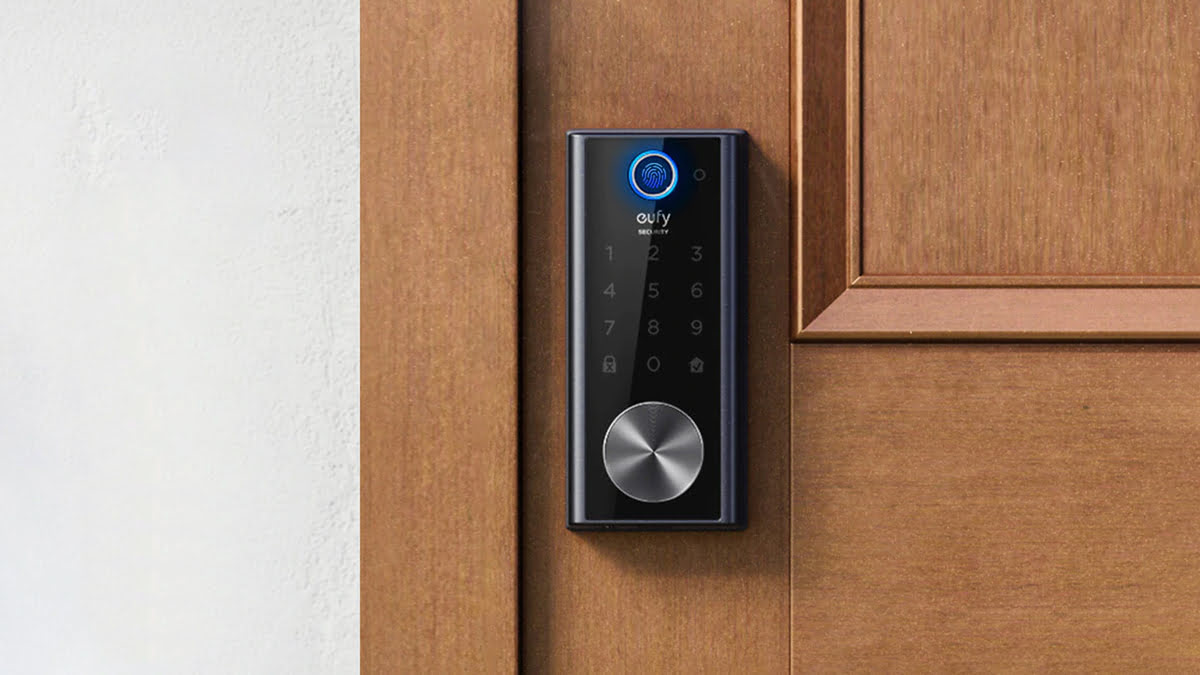

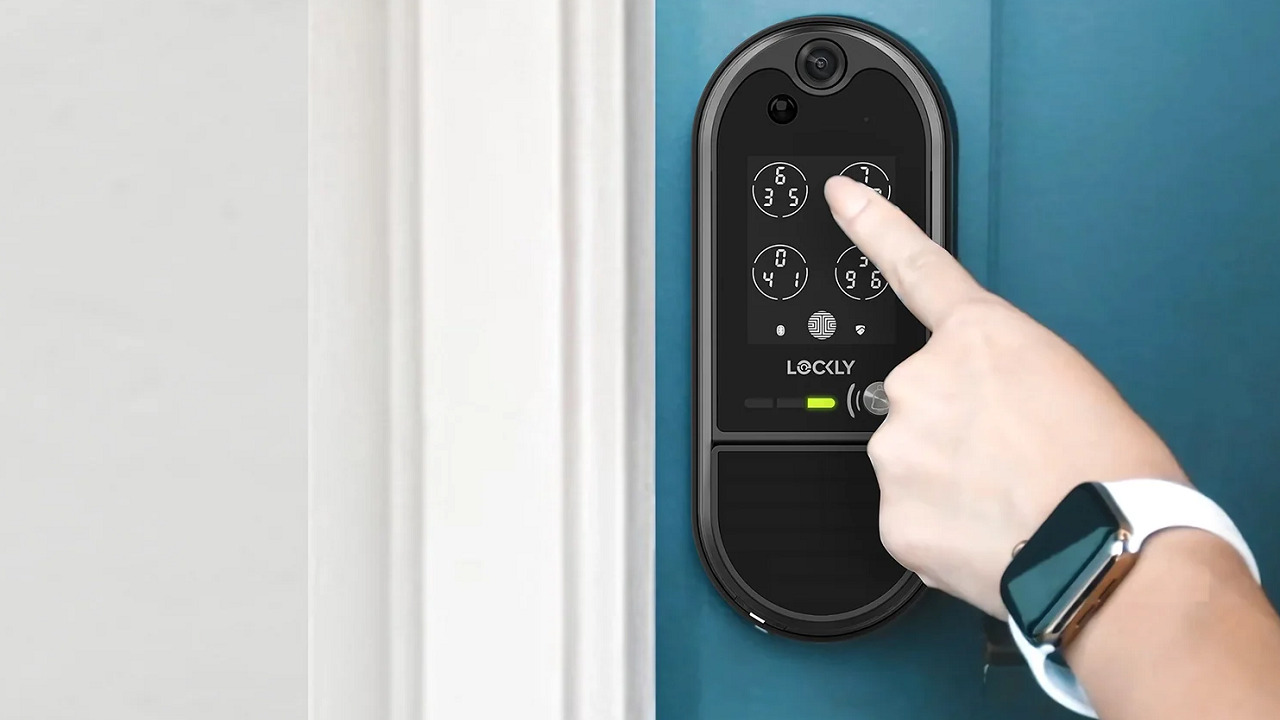

0 thoughts on “How To Change Code On Smart Lock”